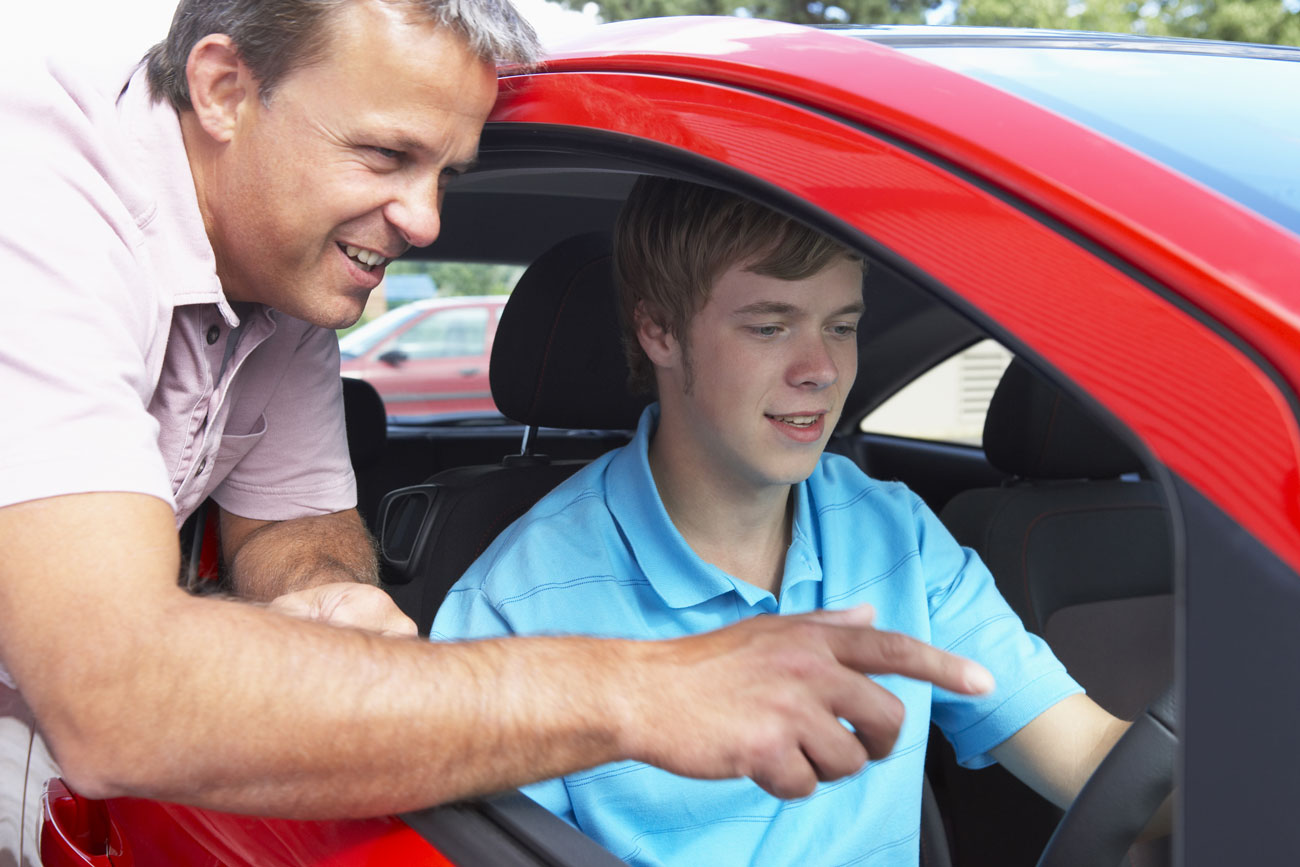
Teaching your teenager to drive can be a nerve-wracking experience for all involved. We asked the experts at the RACV for their best advice. By Mark O'Brien.
There are many fears that come with the lifelong job of being a parent. One is when your child comes home with their L plates. And then it gets worse, they want you to teach them.
Flashback 10 years ago, my 17-year-old daughter and I changed seats at a roadside stop on the Hume Highway. She had a grand total of a few hours behind the wheel in the suburbs. Now it’s her turn to hit the highway.
I patiently – well I thought I was patient – explained that we had to be up to speed when we joined the road. It was 100kmh and we needed to join the flow of traffic seamlessly.
She nodded. All clear. We made our way to the road and then she accelerated to a total speed of 30khm on the Hume.
In the rear view mirror the trucks became massive.
There were a series of short colourful sentences I uttered, or maybe I yelled. The words GO FASTER became chant-like.
As the trucks got smaller, I relaxed. Rookie error. The trees on the side of the road seemed a bit blurry. I leaned over and checked the speedo. More loud words, from me, punctuated with SLOW DOWN.
I couldn’t fault my daughter’s defence, which was, ‘You said, GO FASTER’. No wonder she’s a lawyer these days.
Then I knew, I needed to call in a pro. It was off to the RACV drive school, it made a world of difference to her driving ability and my front seat nerves.
Here’s some of the RACV’S best advice for learner drivers and their parents:
Take your Time
Don’t advance too quickly. A bad experience in an environment your young driver wasn’t ready for can ruin their confidence and set progress back months. Follow the ‘4 Stages of Learning to Drive’ that come with the VicRoads Log Book and tick off the competencies as each has been repeatedly achieved.
The PlayStation Effect
Your first-time driver may have only used pedals on a PlayStation game and have no idea how sensitive the accelerator and brake pedals can be. Give them time to feel comfortable with the pedals before taking off for the first time.
Point it Out
A person will steer to where they are looking. Especially learners. If a parent says “watch the parked car”, it’s guaranteed to make them head for it. Point to where you want them to go.
Mix it Up
Get your young driver to experience all possible scenarios while you’re there to help – include short and long drives, regional and metro, including CBD. Add complexity such as noisy passengers, music and varied weather, and drive different cars, including front and rear and all-wheel drive.
Talk about it
Make road safety a discussion point around the table when the news focuses on another collision or a new vehicle safety option. Don’t underestimate the importance of such discussions.
Don’t Change
Almost all learners slow down to do lane changes. Get them on to a main road and tell them: ‘We are not going to do a lane change, but I want you to tell me when it’s safe to do so’. This makes it easier to maintain a steady speed as they know they are not actually going to do a change, and breaks the stress into two parts.
Do What I Do
Lead by example. Young drivers mimic our behaviour and will drive in a similar manner, particularly once on their probationary licence. But they don’t have the depth of knowledge, skill and experience to survive an error in judgement.
Move on Up
As your learner progresses, move them on to more challenging routes that are more than ‘just a drive’ to help them build confidence and replicate the conditions they will face as a licensed driver.
Teachers, You Don’t Know What You Don’t Know
So get professional lessons to introduce your learner to driving and help you work through key milestones so that the 120 hours are meaningful.
Like this post? Please share using the buttons on this page.


